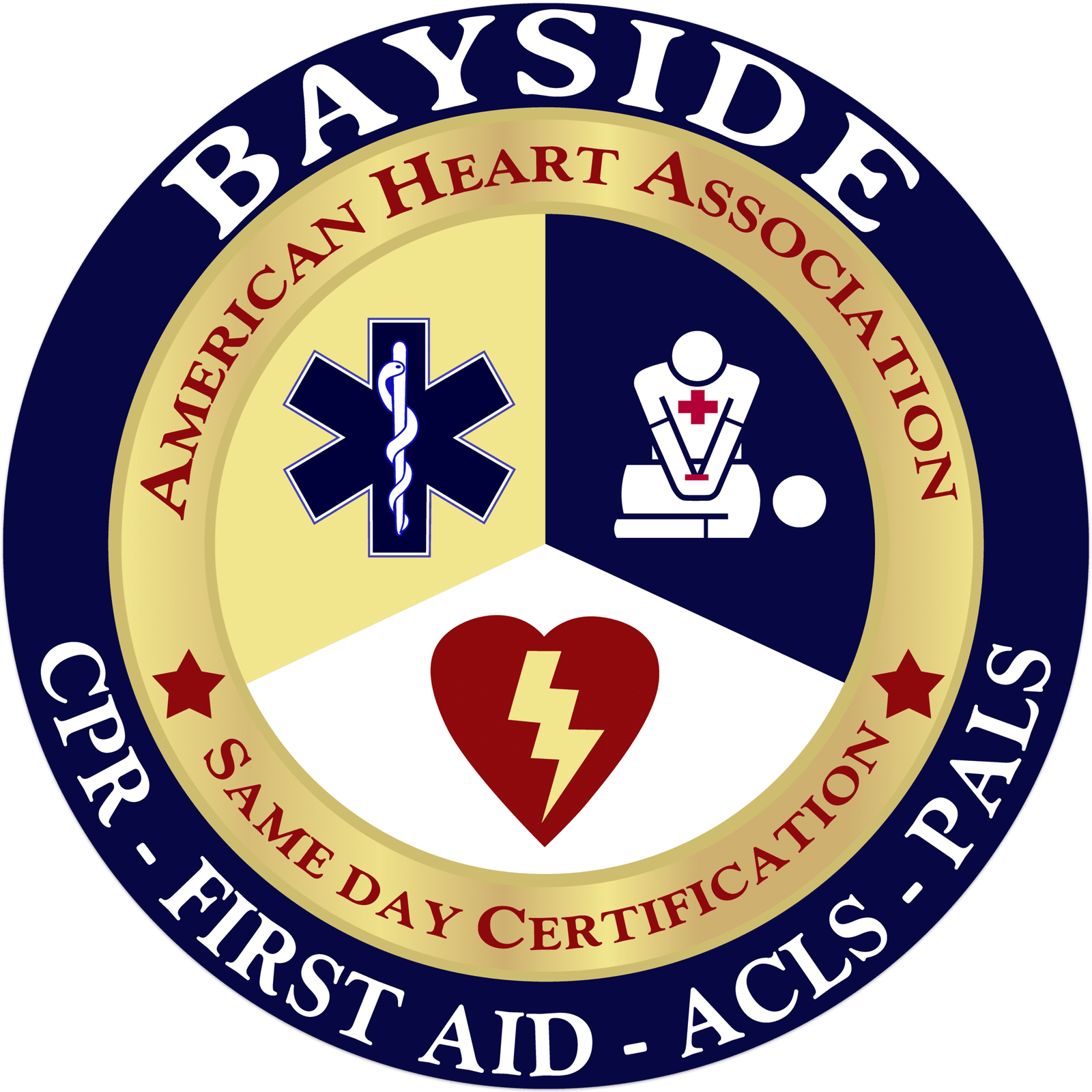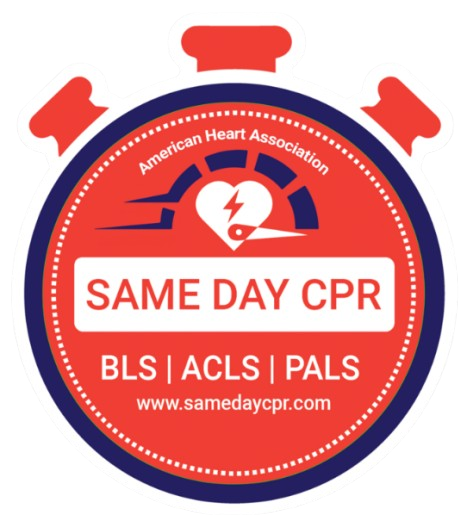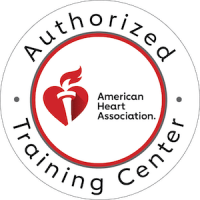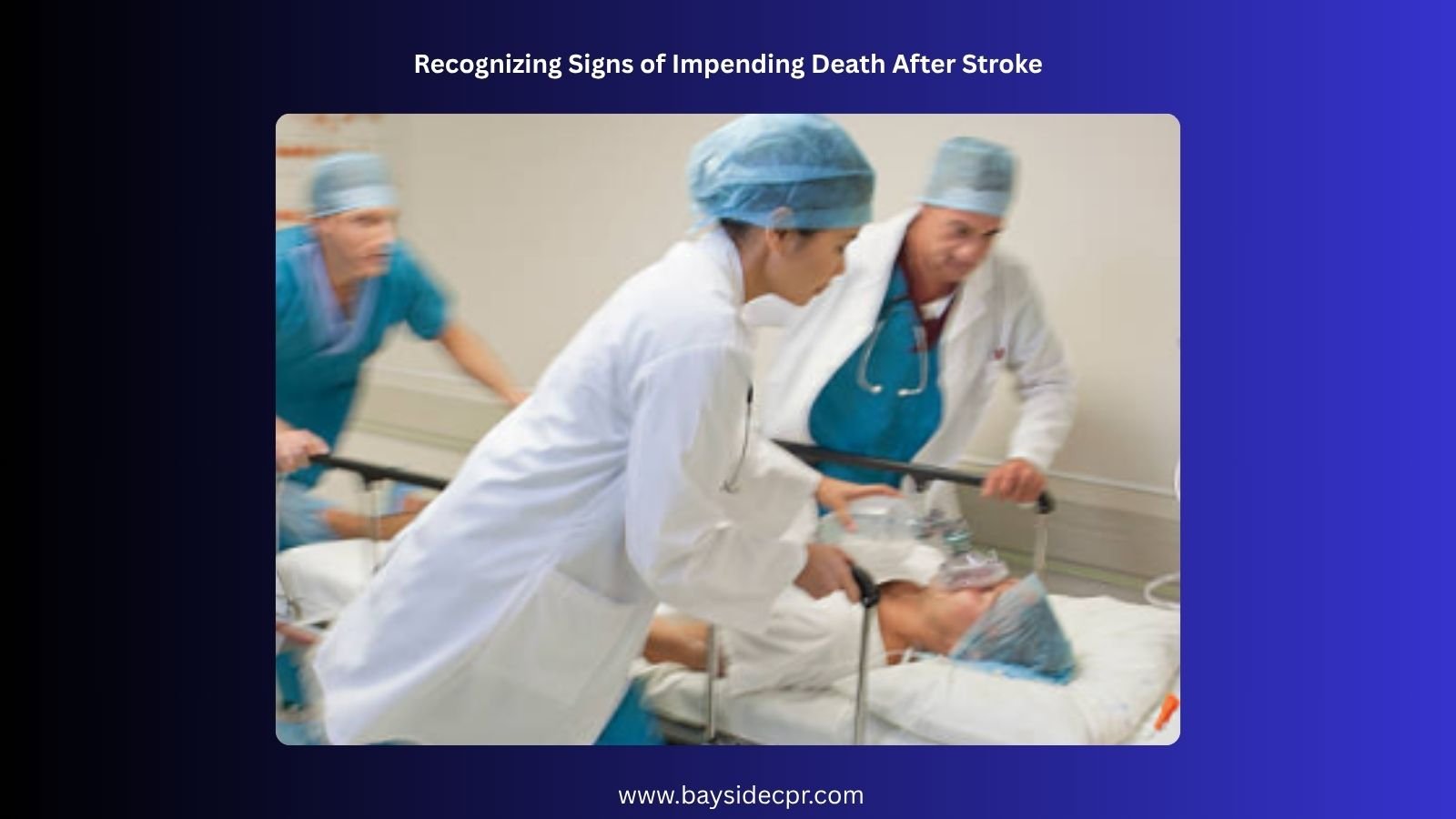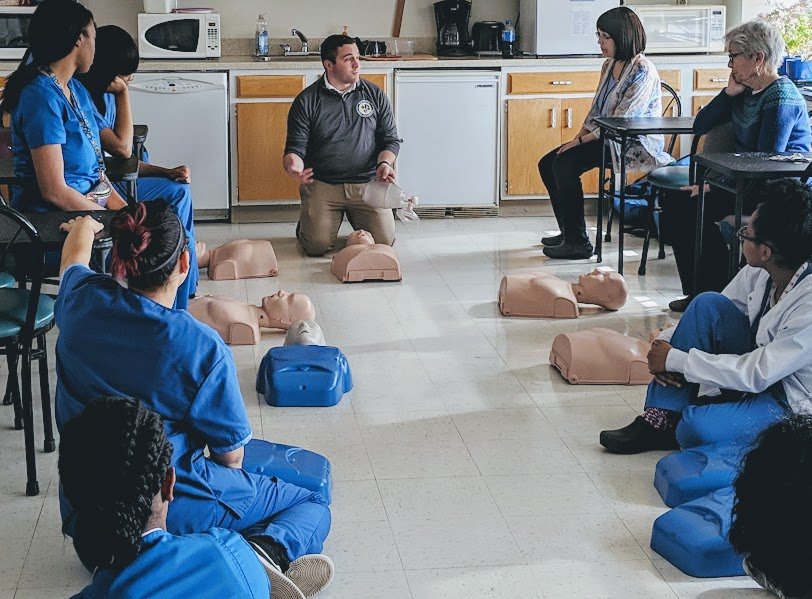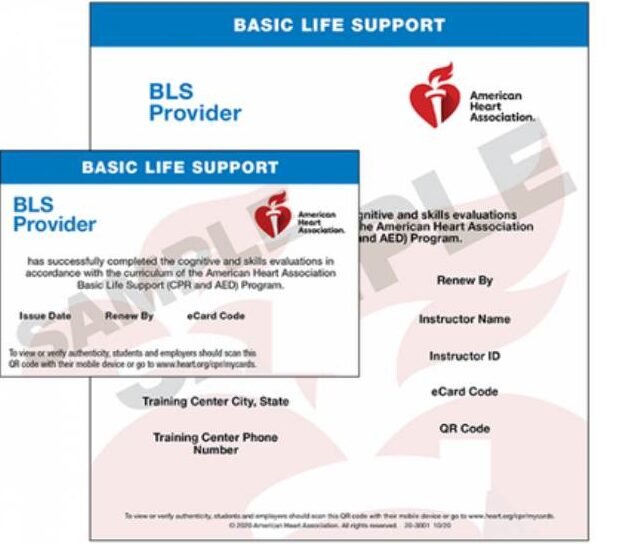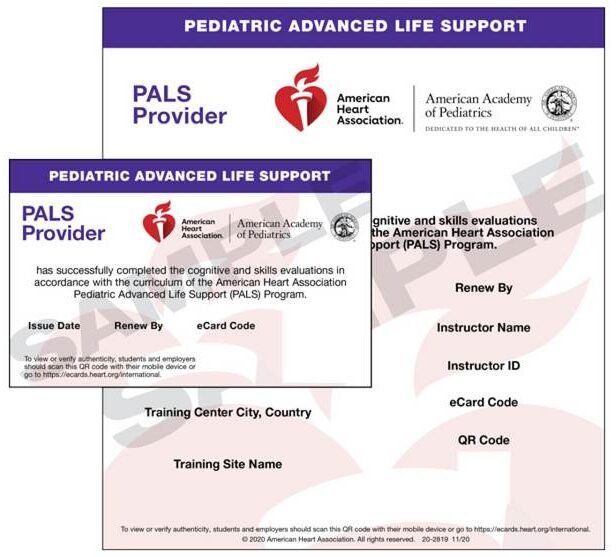Imagine sitting by a loved one’s side, watching them suddenly fade into a deeper, more silent pause. It’s a moment filled with both hope and fear, wondering if this is the beginning of the end or just a temporary pause. Recognizing the signs that a stroke patient may be nearing death can be essential for providing comfort and making informed decisions. Let’s explore what to look for and how you can better understand this difficult, yet important, part of the healing journey.
What is a stroke?
A stroke happens when blood suddenly stops flowing to a part of the brain, either because a blood vessel is blocked or it bursts. When this occurs, the brain cells nearby don’t get enough oxygen and start to die. This can lead to weakness, trouble speaking, or even paralysis, depending on which part of the brain is affected. Many strokes happen quickly, making it important to recognize the signs early and get help right away. Think of it like a traffic jam in your brain that blocks the signals your body needs to work properly. The good news is that some people recover with prompt treatment, but others may face long-term challenges if they don’t act fast.
Types Of Stroke
Knowing the different types of stroke can help you understand what’s happening and how to get help fast. They are ischemic stroke and hemorrhagic stroke.
1. Ischemic Stroke
An ischemic stroke happens when a blood clot or a blockage stops blood from reaching part of the brain. This cuts off oxygen and nutrients, which can cause brain cells to die. It often happens because of clogged arteries or blood clots that form somewhere else and travel to the brain. There are two main types of ischemic stroke: thrombotic stroke, where a clot forms inside the brain’s blood vessels, and embolic stroke, where a clot originates elsewhere (like the heart) and travels to block a brain artery. Doctors usually treat this type of stroke quickly with medications to dissolve the clot or improve blood flow, and sometimes, they recommend surgery. Acting fast is crucial to reduce brain damage and improve recovery chances.
2. Hemorrhagic Stroke
A hemorrhagic stroke happens when a blood vessel in the brain bursts, leading to bleeding inside the brain. This usually occurs because of high blood pressure, aneurysms, or injury. There are two main types of hemorrhagic stroke: intracerebral hemorrhage, where the bleeding occurs directly into the brain tissue, and subarachnoid hemorrhage, which involves bleeding in the space around the brain. Doctors treat it quickly to stop the bleeding and reduce pressure, often with medications, surgery, or other medical procedures. If caught early, it can improve the chances of recovery, but it’s a serious condition that needs immediate care.
11 Signs of Impending Death After Stroke
Understanding the signs of impending death after a stroke can help your loved ones to be prepared and understand what to expect. While it’s a difficult topic, recognizing these symptoms can make the journey a bit easier.
1. Loss of Consciousness
When someone is nearing death after a stroke, you might notice they become less responsive or even lose consciousness. They may seem to fall into a deep sleep and not wake up easily. Their breathing can slow down or become irregular, and their skin may feel cool or look pale. These signs usually mean the body is shutting down, and it’s a natural part of the process. Being calm and supportive can make a big difference for everyone involved.
2. Severe Weakness or Paralysis
If a person is approaching the end after a stroke, you might see their weakness or paralysis get worse over time. What was once a little struggle to move may become much harder, and they may lose more control over parts of their body. Sometimes, even the basic movements become nearly impossible. Watching this happen can be very difficult, but it often shows that the body is gradually shutting down. Being gentle and comforting can help the person feel more at ease during this tough time.
3. Difficulty in Breathing
When death is near after a stroke, you might notice changes in breathing. It could become irregular, with patterns that don’t seem normal or some difficulty in breathing. Gurgling or noisy sounds, often called a death rattle, may appear as the body starts to slow down. Breaths might become very shallow or slower than usual. These signs often indicate that the body is shutting down, serving as a gentle reminder that the end is approaching. Being present with your loved one and offering comfort can help you both during this time.
4. Cyanosis and Cold, Mottled Skin
Cyanosis shows up when lips and extremities turn blue, which often signals that the blood isn’t getting enough oxygen. Cold, mottled skin, especially on the hands and feet, can also be a sign that the body is struggling to circulate blood properly. These symptoms might indicate a serious issue with blood flow or breathing, so it’s important to pay attention and seek medical help if you notice them.
5. Decreased In Urine Output
As the body begins to shut down after a severe stroke, you might notice a big drop in urine output or a complete loss of control over bladder function. This happens because the organs, especially the kidneys, are no longer working the way they should. The body is conserving energy, and the systems that once ran smoothly start to slow down. It’s a natural part of the dying process, though it can be tough to witness.
6. Reduced or Absent Pulse
A weak or missing pulse can be a sign that the body is shutting down after a severe stroke. As circulation slows, the heart may not pump as strongly, and it becomes harder to feel a steady heartbeat, especially in the arms or legs. This change often means the body is no longer getting enough blood flow, and the end may be near.
7. Decreased Muscle Tone and Inability to Swallow
As the body begins to shut down after a severe stroke, you might notice a big drop in muscle tone. Limbs can feel limp, and the person may no longer have the strength to move or even hold their head up. Along with this, swallowing becomes very difficult or stops completely. This happens because the brain can no longer control those muscles. At this point, it’s clear the body is getting ready to let go.
8. Severe Drowsiness or Unresponsiveness
Severe drowsiness or unresponsiveness is a serious sign that the body may be shutting down after a stroke. You might notice your loved one sleeping more, barely waking up, or not responding when you talk or touch them. Their energy fades, and they may seem far away, even with their eyes open. It’s the brain’s way of slowly letting go, and while it’s heartbreaking, it’s also a natural part of the process.
9. Fluctuations in Blood Pressure, Often Dropping
One of the signs that death may be near after a severe stroke is a noticeable drop in blood pressure, often with ups and downs along the way. The body starts to slow down, and the heart may not pump as strongly as before. This can make a person appear weaker, more tired, and less responsive. It’s the body’s natural way of winding down, and while it can be hard to see, it often means the person is nearing the end of their journey.
10. Restlessness or Agitation
As someone nears the end of life after a stroke, you might notice changes in how they act or feel. They could become restless or agitated, seeming uncomfortable, even if they can’t speak. On the other hand, some people grow very calm and quiet, almost as if they’re at peace. These shifts are the body’s way of slowing down and letting go.
11. Loss of Eye Movement
When someone is nearing the end of life after a severe stroke, one possible sign is the loss of eye movement. The eyes may stop tracking movement or responding to light, and they might stay fixed in one direction. This change can be problematic, but it often means the brain is no longer sending signals properly. It’s a quiet but powerful sign that the body is beginning to shut down.
Symptoms Management of Stroke
When someone shows signs of a stroke, it’s important to act fast using the FAST method.
- Face: First, check their face. Does one side droop or feel numb?
- Arms: Then ask them to raise both arms. Can they keep them up, or does one drift down?
- Speech: Next, listen to their speech. Is it slurred or strange? If you notice any of these signs, don’t wait.
- Time: Call emergency services right away, because every minute counts to get help and reduce damage.
For more details, you can follow a step-by-step guide for emergency stroke management to make sure you handle the situation quickly and correctly.
Common Myths About Stroke Recovery
Stroke recovery can be confusing, and a lot of myths out there don’t help. Let’s clear up some common misunderstandings so you know what’s true.
1. Myth: Stroke recovery happens only in the first few months.
- Fact: Recovery can continue for years. Your brain is amazing and keeps adapting, so progress can happen long after the stroke.
2. Myth: If you can’t move right after a stroke, you’ll never regain that movement.
- Fact: Many people improve movement over time, even if it’s slow at first. Therapy and practice can help your body relearn skills.
3. Myth: Stroke survivors always end up dependent on others.
- Fact: Lots of people regain independence with the right support and rehab. It’s different for everyone, but many get back to doing things on their own.
4. Myth: Stroke only affects older adults.
- Fact: Strokes can happen at any age. Younger people can have strokes too, so it’s important to know the signs, no matter how old you are.
5. Myth: Once you have a stroke, there’s nothing you can do to prevent another.
- Fact: Many lifestyle changes and treatments can lower your risk of having another stroke. Doctors can help you find the best ways to stay healthy.
Role of CPR in the Case of Stroke
When someone has a stroke, their brain isn’t getting enough blood, which can cause serious damage fast. CPR doesn’t treat the stroke itself, but it can help if the person’s heart stops or they stop breathing. By keeping blood flowing and giving oxygen through chest compressions and rescue breaths, CPR buys crucial time until emergency help arrives. During CPR, knowing when rescuers can typically pause compressions is also important for maintaining effectiveness. It can make a real difference in saving a life during a stroke emergency.
Key Signs and Care in Stroke Progression
In summary, understanding how a stroke extends, from the first warning signs to the final stages, can truly change how we respond and support those affected. Early recognition of symptoms like confusion, weakness, or slurred speech can lead to faster treatment and better outcomes. But just as important is knowing what to expect when recovery isn’t possible. In those final moments, being aware of the signs can help families stay grounded, offer comfort, and focus on simply being there. Whether you’re a caregiver, loved one, or someone who just wants to be prepared, staying informed helps you show up with compassion and calm when it matters most.
